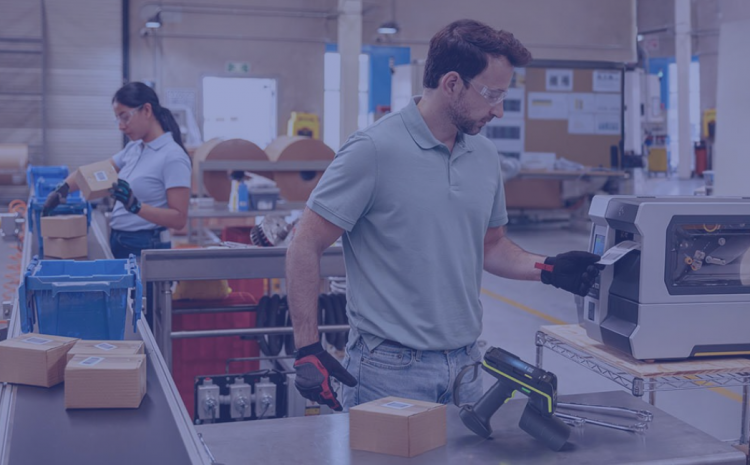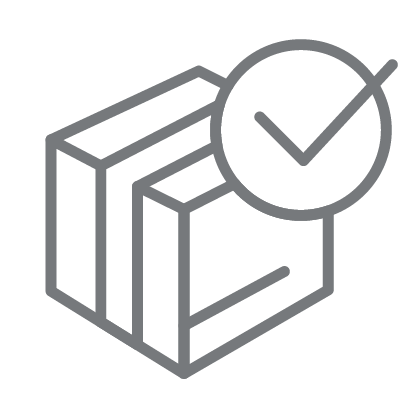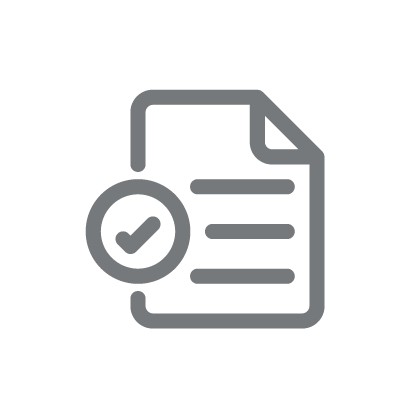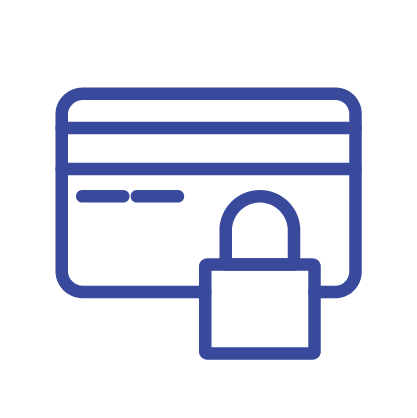
THE GOOD NEWS IS THAT ONCE YOUR INVENTORY IS SOURCE TAGGED, YOU’LL BE ABLE TO USE RFID READERS TO TRACK, TRACE AND MANAGE EACH ITEM AS IT MOVES THROUGHOUT THE SUPPLY CHAIN – TO YOUR BENEFIT.
If you’re a manufacturer whose goods are ultimately going to be sold on a retailer’s shelf, the responsibility will probably fall to you to tag every item at the source as soon as you can get an RFID printing and encoding solution online. (Walmart is now mandating that its U.S. store and .com suppliers put RFID tags on items in hardline and softline categories, with Nordstrom and others following suit. This is on top of the source tagging requirements that were set forth by several apparel and electronics retailers years ago.)
The good news is that there are industrial, desktop and mobile printers that support RFID encoding, and we have the inlays you need to tag your different SKUs. If you decide you want all tagging to be done further downstream, perhaps by the 3PL, we can work with them to get a permanent RFID labeling process in place, too.
The even better news? Tagging at the source enables you to have visibility into your inventory all the way through the last mile!
I realize you’re having to make what is likely an unexpected (or accelerated) investment in an RFID tagging solution to be compliant with retailers’ new mandates. But since you do have to add the RFID tags to your inventory – or if you’re a 3PL, to your customers’ inventory – then why not turn this investment into a greater cost-savings opportunity?
Get an RFID track and trace solution online that will enable you to create new efficiencies in your dock-to-stock, inventory management, or fulfillment workflows. Improve the speed and accuracy of your inventory counts and billing. Reduce the risk of waste or noncompliance across your entire operation. And give yourself the opportunity to increase your financial and competitive position long term.
These are all the reasons why retailers are mandating RFID tagging. Follow their lead and reap the same benefits.
How to make Retailers’ mandates work in your favor
As a manufacturer, can require your supply chain partners to read RFID tags at receiving – and every time an item is moved – to report real-time status. This improves accountability for your goods and helps improve billing accuracy, logistics planning, replenishment accuracy, distribution strategies, and more. It also helps your shipping and warehousing partners – and your customers – better plan for your inventory. Everyone can see where goods are currently located in inventory management, transportation management or warehouse management systems. No one has to pick up the phone and call for a status check. Plus, by automating track and trace, it will be easier to prove compliance with other retailer, shipper or even regulatory requirements. You have a full audit of the supply chain just a few clicks away. Your floor workers, and other associates downstream, will also have a lot more time to focus on moving goods on time as they won’t have to stop to scan every single barcoded item.
Granted, you’ll only get these benefits if you and your partners have RFID readers online to capture the tag data as goods come and go and the systems in place to pull in or further distribute the data. But the cost of RFID track and trace solutions has dropped tremendously since read-to-cloud APIs and industrial-grade RFID sleds have hit the market. You and your supply chain partners may want to consider a mix of handheld and fixed RFID readers in your facilities to get the same benefits that retailers are getting from RFID. Or you may be able to just attach RFID sleds (which are accessories) onto the mobile computers that workers are already using today to manage inbound and outbound processes.
That’s right…you may not need to make a huge additional investment to reap the benefits of RFID source tagging. The cost of the tags is already accounted for in your compliance requirements, and you need to have readers in place to validate the tags’ readability before inventory is shipped. So, within your four walls, there may not be a huge lift to extract far more value from this technology.
Let’s talk about your current situation and where you want or need to be long term from a compliance perspective and operationally speaking. Let’s see if you can get a strong return on investment (ROI) for the money you have to spend now to meet retailers’ requirements.
If you’re interested in learning more contact our team today.
This blog post was contributed by Zebra Technologies.
















